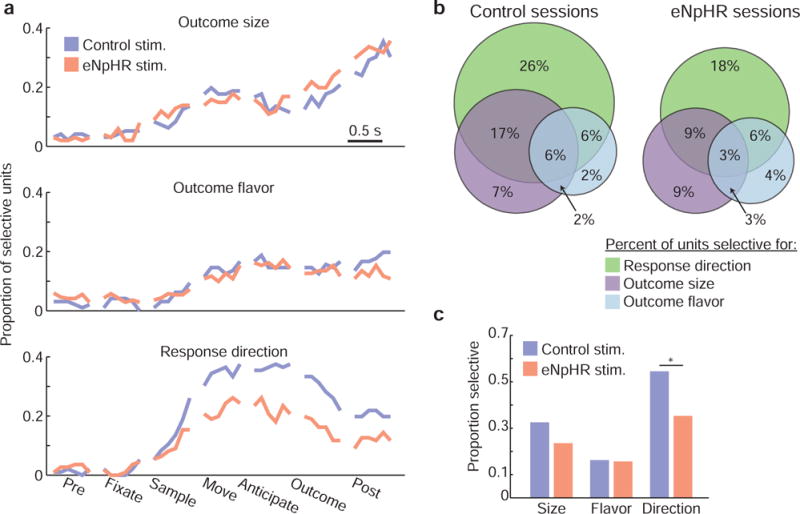Figure 5. Ventral subiculum inactivation reduced OFC selectivity for response direction.

a) We fit regression models to neural data to examine how well the firing rates of individual OFC neurons were explained by the variables outcome size, outcome flavor, and response direction throughout the course of task trials. The fraction of neurons whose responses were significantly modulated by each of these variables increased during odor sampling, and was sustained throughout the trials. While similar proportions of neurons were selective for size and flavor during control and eNpHR sessions, response direction selectivity was strongly attenuated in eNpHR sessions. The bin size for the neural activity used to fit regression models was 45 ms. b) Venn diagrams show the fraction of neurons that were selective for size, flavor, and/or direction during odor sampling, movement, or reward anticipation. c) Ventral subiculum inactivation selectively reduced the proportion of neurons modulated by response direction. See also Figure S2.
